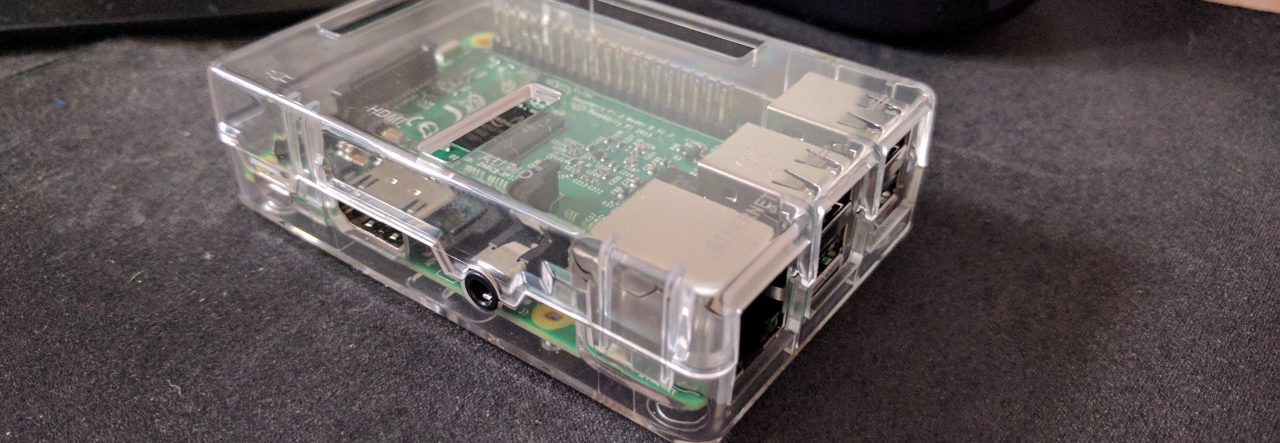If you are a user of an online storage facility like DropBox or one of the many others, have you considered the security ramifications of what you are doing?
Today, computing “in the cloud” is a big buzzword (that should probably be “buzzphrase”). Cloud computing, in its simplest form, is just a fancy way of saying that your computing resources are coming from someone else. Online storage and backup services have been around for a while, and I have been amazed at how people have not understood all of the impact of storing data online.
Perhaps the most important thing I want to make certain you consider is exactly WHAT information are you putting on someone else’s servers. Is it just pictures, or school projects, or other items not of great importance to anyone but you? Then you are fine. But what if you are storing files related to your banking, or tax returns, or other sensitive information? Here you might want to give pause for storing such information “in the cloud.”
You see, no matter what these companies tell you, computer security is still in its infancy. These companies may tout that they use “encryption” methods (that is, they “scramble” your data in such a way that hopefully only THEY can recover the original data at a later time) to hide your data…but what they don’t tell you is that encryption is not “fool-proof” protection. In addition, when you put your data on someone else’s servers, you have to also hope that the company who is hosting your data screens its employees very carefully. Encryption doesn’t mean diddly if the company’s employees are not properly screened and are given access to both your data and the encryption algorithms used to protect it.
I am not saying that online storage is not to be trusted…I am saying that you need to be made aware of the risks of putting your data online. If you choose to put your data online and you have an understanding of the risks and accept them, then this is a good thing.
KNOWLEDGE is your best weapon against bad outcomes with computing…and knowledge is what I hope to impart to you. Do not assume, just because your data is encrypted that it cannot be read. It makes it more difficult to be read, but there are ways of breaking encryption. If you need proof of this, just follow the tech news for a few weeks and you’ll see how many security violations are being reported in the news on a weekly basis. Encryption is good…but by itself it is not, in my opinion, sufficient to protect your data.
The best security for data is to not have the data accessible to those who might try to gain access to it. Tax return information stored on a CD in your home is much harder for a hacker in another country to gain access to than data you have uploaded to an online storage facility.
Don’t get me wrong…I am not saying “never use online storage”…I am only saying be very aware of WHAT you are storing there…and know the risks. Life is not without risks. The important thing is that we identify the risks and choose for ourselves what risks are worth taking and what risks we choose to avoid.
Knowledge is the key, my friends, and that knowledge will set you free!
